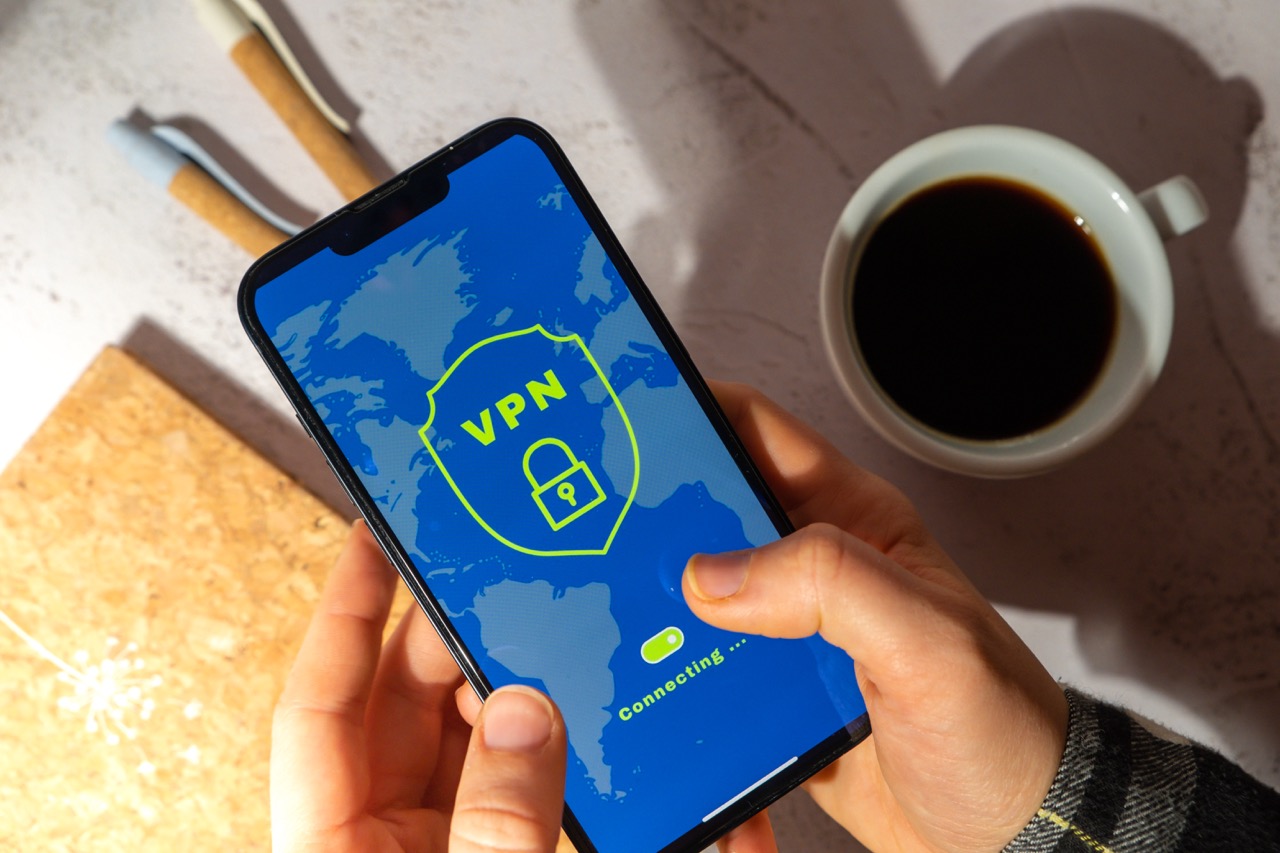In an era where online privacy is of paramount importance, combining a Virtual Private Network (VPN) with The Onion Router (Tor) can provide an unparalleled level of security. Each technology serves distinct purposes and, when used together, can significantly enhance user anonymity and data protection. This article explores the fundamentals of VPNs and Tor, their combined benefits, a step-by-step setup guide, configuration tips for optimal performance, common pitfalls, and best practices for maintaining privacy and security online.
Understanding the Basics: VPN and Tor Explained
A Virtual Private Network (VPN) is a service that creates a secure, encrypted connection between your device and the internet. By routing your internet traffic through a VPN server, it masks your IP address and can bypass geographic restrictions. VPNs are particularly useful for protecting your data from eavesdroppers on public Wi-Fi networks, ensuring that your online activities remain private from ISPs, government surveillance, and malicious actors.
On the other hand, Tor is a decentralized network designed to facilitate anonymous communication. It achieves this by routing internet traffic through multiple volunteer-operated servers (nodes) before reaching its final destination. Each node only knows the previous and next node in the chain, making it extremely difficult to track the origin of the traffic. Tor is often used for accessing the dark web and is favored by individuals seeking complete anonymity while browsing.
While VPNs and Tor can be used independently, their unique strengths can complement each other. VPNs provide a layer of encryption and can conceal your Tor usage from ISPs, while Tor enhances anonymity by further obfuscating your internet traffic. Understanding how these technologies operate individually is crucial for leveraging their combined capabilities effectively.
Benefits of Using a VPN in Conjunction with Tor
Combining a VPN with Tor offers several compelling advantages for privacy-conscious users. First and foremost, a VPN can act as an additional layer of encryption, safeguarding your internet traffic before it enters the Tor network. This dual-layer of encryption protects your data from potential interception, particularly beneficial when using less secure internet connections, such as public Wi-Fi.
Another significant benefit is the masking of your Tor usage from your ISP. When you connect to Tor directly, your ISP can see that you are using the Tor network, which may raise red flags or attract unwanted attention. By routing your traffic through a VPN first, your ISP will only see that you are connected to the VPN, with no visibility into your Tor activities, thereby increasing your anonymity.
Lastly, using a VPN in conjunction with Tor can help bypass censorship and restrictions. In countries where Tor is blocked or monitored, a VPN can assist in accessing the Tor network, enabling users to bypass governmental censorship. This combination allows users to overcome obstacles posed by restrictive networks while enhancing overall online security.
Step-by-Step Guide to Setting Up VPN with Tor
Setting up a VPN with Tor is a straightforward process that can be accomplished in a few steps. First, choose a reputable VPN provider that offers strong encryption, a no-logs policy, and ideally provides access to Tor over its network. Once you’ve subscribed to a VPN service, download and install the VPN application on your device.
After installation, log into the VPN application and connect to a server location of your choice. It is generally recommended to select a server close to your physical location to achieve optimal speeds. Once connected, verify that your VPN is functioning correctly by checking your IP address via a reliable IP-checking website. This ensures that your IP address has been masked successfully.
With the VPN connection established, you can now open the Tor Browser. This browser is specifically designed to route traffic through the Tor network, enhancing your anonymity while browsing. Simply enter the desired URL, and you are ready to explore the web privately. Remember to refrain from using non-Tor browsers while connected to the VPN for maximum privacy.
Configuring Your VPN for Optimal Tor Performance
To maximize the performance of Tor while using a VPN, specific configurations may enhance your browsing experience. First, ensure that your VPN provider allows Tor traffic and does not impose data caps or bandwidth throttling. Some VPN services offer dedicated servers optimized for Tor usage, which can further improve speed and reliability.
It is also advisable to enable the kill switch feature provided by your VPN. This feature automatically disconnects your internet connection if the VPN drops, preventing your data from being exposed unintentionally. Additionally, consider using the OpenVPN protocol for its balance between speed and security, as it is widely regarded as one of the most secure VPN protocols available.
Lastly, regularly check for DNS leaks to ensure that your real IP address is not being exposed while using both the VPN and Tor. Tools like DNS leak test websites can help verify that your traffic is only being routed through the secure channels you’ve established. By following these configuration tips, you can help ensure that your online privacy remains intact.
Common Pitfalls to Avoid When Using VPN and Tor
While combining a VPN and Tor can significantly enhance online privacy, there are common pitfalls that users should avoid. One major mistake is using a free VPN service. Free VPNs may compromise your privacy by logging your data, serving ads, or selling information to third parties. Opting for a reputable, paid VPN service is essential for ensuring your anonymity remains intact.
Another pitfall is misconfiguring your VPN or Tor settings. For example, failing to enable the kill switch or using a non-Tor browser while connected to the VPN can inadvertently expose your information. Make sure to follow the setup and configuration guidelines carefully, ensuring that all security features of both the VPN and Tor are properly enabled.
Lastly, be cautious about the information you share online while using VPN and Tor. Although these tools significantly enhance privacy, no solution is entirely foolproof. Engaging in behaviors that could compromise your anonymity, such as logging into personal accounts or revealing identifiable information, can lead to unwanted exposure. Therefore, maintain careful online habits even when using both services together.
Best Practices for Maintaining Privacy and Security Online
To maintain robust privacy and security while using a VPN and Tor, it’s crucial to practice good digital hygiene. First, always keep your VPN software, Tor Browser, and any security plugins up to date. Regular updates often contain critical security patches that protect against vulnerabilities. Additionally, consider using privacy-focused browser add-ons like HTTPS Everywhere or uBlock Origin to enhance your security further.
Another best practice is to avoid sharing personally identifiable information (PII) while browsing. Whether you’re accessing websites or engaging in online forums, remain vigilant about the data you disclose. Consider using pseudonyms or anonymous email accounts to limit the risk of your identity being tracked back to you. Utilizing disposable email services can also add an extra layer of anonymity when creating accounts.
Finally, be aware of your online behavior. Avoid accessing sensitive accounts (like banking or email) while on Tor, as these activities can compromise your anonymity. Stick to using the Tor network for browsing and avoid downloading files unless you are completely certain of their safety. Following these best practices will help you maximize your online privacy while using both a VPN and Tor.
In conclusion, the combination of a VPN and Tor offers a powerful solution for those seeking to enhance their online privacy and security. By understanding the basics of each technology and following the recommended steps for setup and configuration, users can enjoy a significantly higher level of anonymity while navigating the web. However, it’s crucial to remain vigilant and adhere to best practices to ensure that your online activities remain private. As the digital landscape continues to evolve, staying informed and proactive about your online security will help you safeguard your personal information against unwanted exposure.










